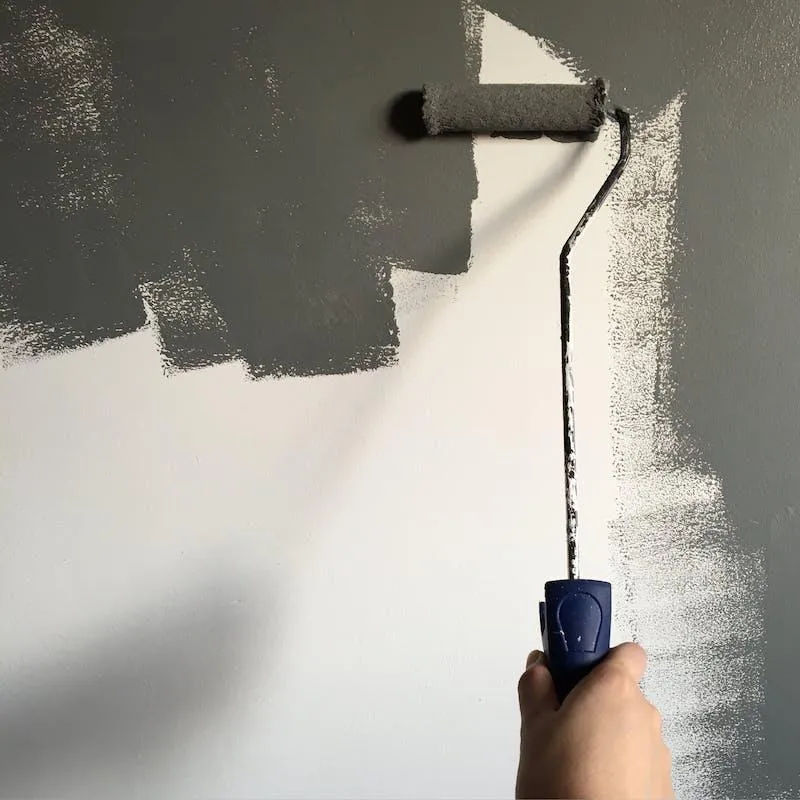
Blog

Choosing the Best Colors For Your Home or Business
The colors we choose for your home or business can have a great impact on our mood and productivity. As a homeowner or business owner, choosing the right colors for your interior or exterior painting project is important. It helps to look into color psychology and using color influence to create the atmosphere you desire in your space! This article provides a look into the color psychology in painting. From understanding the basic principles of color to the psychological effects, we'll provide valuable insights to help you make informed decisions about your painting project and create spaces that resonate with you.
1. Understanding the Basics of Color
Colors are typically divided into three primary categories: primary colors (red, blue, and yellow), secondary colors (created by mixing primary colors), and tertiary colors (created by mixing primary and secondary colors). The color wheel serves as a visual representation of how colors relate to one another.
When planning your painting project, it's essential to choose colors that complement each other. Analogous colors, which are adjacent on the color wheel, create a harmonious and cohesive look. Complementary colors, located opposite each other on the wheel, create dynamic and eye-catching contrasts. Understanding color harmony will help you achieve the look your going for.
2. Warm Colors
Warm colors, such as red, orange, and yellow, are associated with energy, excitement, and warmth. They are known for creating emotion and drawing attention. These colors are often used in spaces where social interaction and activity are encouraged, such as dining rooms, living rooms, and retail environments.
- Red: Symbolizing passion and intensity, red is known to increase heart rate and evoke strong emotions. It can be used as an accent color to add drama and energy to a room.
- Orange: Combining the energy of red and the cheerfulness of yellow, orange is associated with enthusiasm and creativity. It's a great option for spaces where productivity and creativity are encouraged, like offices or creative studios.
- Yellow: Often associated with happiness and optimism, yellow can brighten up any space. It's an excellent choice for rooms that lack natural light, as it can create a sense of warmth and sunshine.
3. Cool Colors
Cool colors, including blue, green, and purple, are known for their calming effects. They create a sense of tranquility and relaxation, making them ideal for bedrooms, bathrooms, and spaces where you want to promote a sense of peace.
- Blue: Symbolizing serenity and stability, blue is one of the most popular colors in interior design. Light blue hues can evoke a sense of calmness, while darker shades can add depth and sophistication.
- Green: Representing nature and growth, green is associated with renewal and balance. It's a versatile color that can be used in various spaces to create a refreshing and calming ambiance.
- Purple: Often associated with luxury and spirituality, purple can add a touch of elegance and drama to a room. Lighter shades of purple can create a serene atmosphere, while deeper purples can add a sense of opulence.
4. Neutral Colors
Neutral colors, such as white, gray, and beige, serve as the backdrop for your space. They are versatile and timeless, allowing you to incorporate other colors through furnishings and accessories. Neutral colors are often used to create a sense of balance and sophistication.
- White: Symbolizing purity and cleanliness, white can make a space feel bright and open. It's commonly used in minimalist and contemporary designs.
- Gray: Associated with balance and tranquility, gray is a popular choice for creating a sophisticated and elegant look. It can serve as a backdrop for bolder accent colors.
- Beige: A warm and inviting neutral, beige creates a sense of coziness and comfort. It's a popular choice for creating a welcoming and timeless interior.
5. Combining Colors in Your Space
While understanding the psychological effects of individual colors is crucial, creating impactful spaces often involves combining colors strategically. Here are a few tips to help you achieve a balanced and harmonious color scheme:
- Consider the room's function: Different rooms serve different purposes, and the color scheme should align with their intended function. For example, a bedroom may benefit from calming and soothing colors, while a playroom could use more vibrant and energetic hues.
- Use the 60-30-10 rule: A widely used rule in interior design, the 60-30-10 rule suggests that 60% of the room should be a dominant color, 30% should be a secondary color, and 10% should be an accent color. This formula ensures a balanced and visually appealing space.
- Test the colors: Before committing to a color scheme, test the colors in the actual space. Paint small patches on the walls and observe how the colors look under different lighting conditions. This will help you make adjustments if needed.
- Seek professional advice: If you find yourself unsure about which colors to choose, don't hesitate to seek advice from a professional color consultant or a skilled painter. Their expertise can guide you in making the best choices for your space.
Color psychology plays a large role in interior and exterior painting projects. By understanding the psychological effects of different colors, you can create spaces that evoke the desired emotions and support your goals. Whether you want to energize a space, promote relaxation, or create a balanced ambiance, the right color choices can transform your home or business. Ready to paint your dreams into reality? Contact our professional painting team for expert advice and top-quality craftsmanship. Let’s get started!


